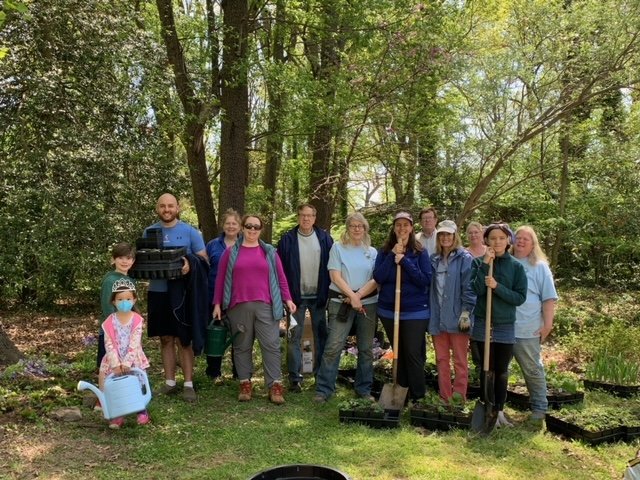The environmental community everywhere in the United States has struggled to make protection of the planet the work of all people. WSA is doing just that. Diversity, Equity, Inclusion and Justice is more than a series of words for WSA and more than our vision and values statement – it’s baked into what we do.
It began in 2014 with our first Strategic Plan that included outreach and engagement of underserved communities throughout the County – from the urban north to the rural south. Last fall we partnered with the Anne Arundel County Public Library system on an Environmental Justice Panel that featured a distinguished panel and participation from attendees.
This year, WSA hired Terryl Acker-Carter as Community Engagement Specialist to build relationships in underserved communities and establish buy-in for tree planting and other projects. His goal is to bring Nature to all, regardless of background or financial capacity, in the firm belief that Nature heals. Terryl has helped design programs that touch not only on tree planting but also on sensory experiences for kids, helping them to connect with Nature.
"I want to make sure that communities are the center of the work that we do. Community voices should be elevated and at the forefront of the programs that we offer and develop,” he said. “As I work with congregations, schools, and other community hubs across the county, it is imperative to first listen to their environmental and educational needs and then collaboratively build programs and install projects to build more authentic relationships with those communities."
Mindfulness is at the core of the program Terryl has been delivering, especially to the littlest future environmentalists.
“I love working with people of all ages but working with the little kids has been a fun experience,” he said. “It’s amazing when a little one sees a pinecone for the first time or stops to smell the aroma of certain plants. I know we’re reached them when a smile stretches across their faces, and they can't contain their excitement! That one experience can influence their lives in ways they can’t even imagine now.”











